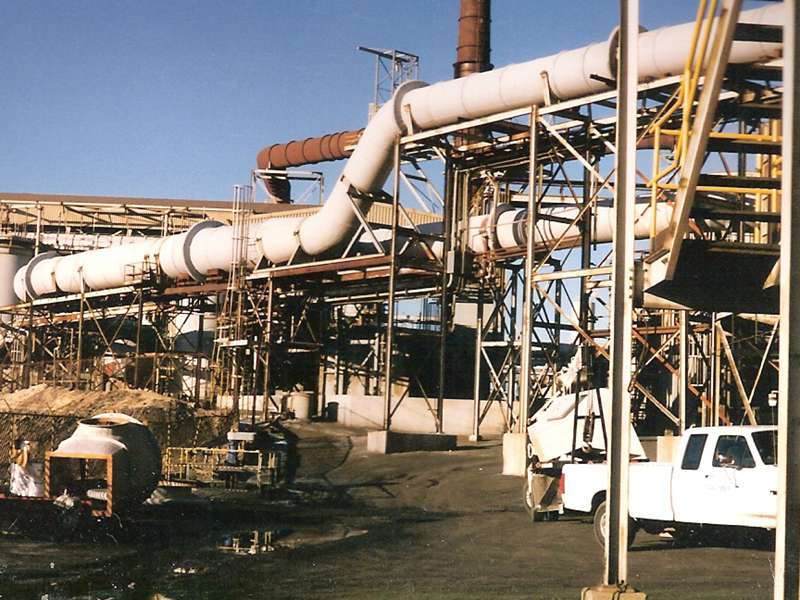
-
 Afrikaans
Afrikaans -
 Albanian
Albanian -
 Amharic
Amharic -
 Arabic
Arabic -
 Armenian
Armenian -
 Azerbaijani
Azerbaijani -
 Basque
Basque -
 Belarusian
Belarusian -
 Bengali
Bengali -
 Bosnian
Bosnian -
 Bulgarian
Bulgarian -
 Catalan
Catalan -
 Cebuano
Cebuano -
 China
China -
 China (Taiwan)
China (Taiwan) -
 Corsican
Corsican -
 Croatian
Croatian -
 Czech
Czech -
 Danish
Danish -
 Dutch
Dutch -
 English
English -
 Esperanto
Esperanto -
 Estonian
Estonian -
 Finnish
Finnish -
 French
French -
 Frisian
Frisian -
 Galician
Galician -
 Georgian
Georgian -
 German
German -
 Greek
Greek -
 Gujarati
Gujarati -
 Haitian Creole
Haitian Creole -
 hausa
hausa -
 hawaiian
hawaiian -
 Hebrew
Hebrew -
 Hindi
Hindi -
 Miao
Miao -
 Hungarian
Hungarian -
 Icelandic
Icelandic -
 igbo
igbo -
 Indonesian
Indonesian -
 irish
irish -
 Italian
Italian -
 Japanese
Japanese -
 Javanese
Javanese -
 Kannada
Kannada -
 kazakh
kazakh -
 Khmer
Khmer -
 Rwandese
Rwandese -
 Korean
Korean -
 Kurdish
Kurdish -
 Kyrgyz
Kyrgyz -
 Lao
Lao -
 Latin
Latin -
 Latvian
Latvian -
 Lithuanian
Lithuanian -
 Luxembourgish
Luxembourgish -
 Macedonian
Macedonian -
 Malgashi
Malgashi -
 Malay
Malay -
 Malayalam
Malayalam -
 Maltese
Maltese -
 Maori
Maori -
 Marathi
Marathi -
 Mongolian
Mongolian -
 Myanmar
Myanmar -
 Nepali
Nepali -
 Norwegian
Norwegian -
 Norwegian
Norwegian -
 Occitan
Occitan -
 Pashto
Pashto -
 Persian
Persian -
 Polish
Polish -
 Portuguese
Portuguese -
 Punjabi
Punjabi -
 Romanian
Romanian -
 Russian
Russian -
 Samoan
Samoan -
 Scottish Gaelic
Scottish Gaelic -
 Serbian
Serbian -
 Sesotho
Sesotho -
 Shona
Shona -
 Sindhi
Sindhi -
 Sinhala
Sinhala -
 Slovak
Slovak -
 Slovenian
Slovenian -
 Somali
Somali -
 Spanish
Spanish -
 Sundanese
Sundanese -
 Swahili
Swahili -
 Swedish
Swedish -
 Tagalog
Tagalog -
 Tajik
Tajik -
 Tamil
Tamil -
 Tatar
Tatar -
 Telugu
Telugu -
 Thai
Thai -
 Turkish
Turkish -
 Turkmen
Turkmen -
 Ukrainian
Ukrainian -
 Urdu
Urdu -
 Uighur
Uighur -
 Uzbek
Uzbek -
 Vietnamese
Vietnamese -
 Welsh
Welsh -
 Bantu
Bantu -
 Yiddish
Yiddish -
 Yoruba
Yoruba -
 Zulu
Zulu
Innovative Applications of Fiberglass Settlers in Water Treatment Technology
Understanding the Fiberglass Settler A Crucial Component in Water Treatment
In the realm of water treatment and management, the quest for cleaner, safer water has led to the innovation of various equipment and systems designed to enhance the efficiency of wastewater treatment processes. Among these innovations is the fiberglass settler, a crucial component often employed in both industrial and municipal applications. This article aims to illuminate the significance, design, and operational advantages of fiberglass settlers in water treatment systems.
What is a Fiberglass Settler?
A fiberglass settler is a type of sedimentation tank constructed from fiberglass reinforced plastic (FRP). It is primarily designed to facilitate the separation of solids from liquid in wastewater treatment processes. The fundamental principle behind a settler is gravity; as wastewater flows into the tank, heavier particles settle to the bottom, while clearer liquid remains at the top and is eventually discharged.
The Design of Fiberglass Settlers
The design of fiberglass settlers often includes features that enhance their efficiency and durability. Fiberglass is chosen for its corrosion resistance, lightweight nature, and strength, making it suitable for various harsh environments. The smooth, non-porous surface of fiberglass prevents the accumulation of biofilms and other deposits, thereby minimizing maintenance needs and ensuring a longer lifespan compared to traditional materials like concrete or metal.
Moreover, fiberglass settlers can be tailored in terms of shape and size to fit specific treatment requirements
. Whether large-scale municipal operations or smaller industrial plants, these settlers can be constructed to meet the unique hydraulic and hydraulic retention time (HRT) demands of the application.Operational Advantages
fiberglass settler

One of the primary advantages of fiberglass settlers is their efficiency in solid-liquid separation. The design inherently allows for optimal flow patterns that promote effective sedimentation, leading to superior treatment performance. The ability to achieve higher settling rates reduces the overall footprint of the treatment facility, resulting in cost savings related to land utilization.
Another benefit lies in the durability of fiberglass materials. Unlike metal tanks that may corrode over time or concrete tanks that can crack, fiberglass settlers remain intact under a variety of conditions. This resilience leads to lower maintenance costs and less downtime, ensuring continuous operation critical for wastewater treatment facilities.
Additionally, the lightweight nature of fiberglass simplifies the installation process. These settlers can often be prefabricated and transported to the site, reducing the construction time and labor involved. This ease of installation is particularly beneficial for retrofitting existing systems or in remote locations where traditional construction might be challenging.
Environmental Impact
As industries and municipalities face increasing scrutiny regarding their environmental footprint, the use of fiberglass settlers contributes positively to sustainable water management practices. By effectively reducing suspended solids, they help in minimizing pollution and protecting aquatic ecosystems. Moreover, the efficient operation of these settlers underpins compliance with regulatory standards, ultimately leading to cleaner discharged effluent.
Conclusion
In summary, fiberglass settlers play an indispensable role in the modern water treatment landscape. Their innovative design, operational advantages, and environmental impact make them vital tools for achieving effective wastewater treatment. As the global demand for clean water continues to rise, investing in efficient and durable technologies like fiberglass settlers will be crucial for addressing these challenges and ensuring the sustainability of our precious water resources. Through ongoing advancements and adaptations in water treatment technology, we can look forward to a future where cleaner, safer water is available for all.
Latest news
-
Exploring the Benefits of Top Hammer Drifter Rods for Enhanced Drilling PerformanceNewsJun.10,2025
-
High-Precision Fiberglass Winding Machine for GRP/FRP Pipe Production – Reliable & Efficient SolutionsNewsJun.10,2025
-
FRP Pipes & Fittings for Shipbuilding - Corrosion-Resistant & LightweightNewsJun.09,2025
-
Premium FRP Flooring Solutions Durable & Slip-ResistantNewsJun.09,2025
-
Premium Fiberglass Rectangular Tanks Durable & Lightweight SolutionNewsJun.09,2025
-
Tapered Drill String Design Guide Durable Performance & UsesNewsJun.09,2025









